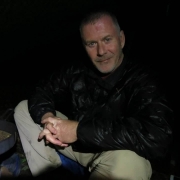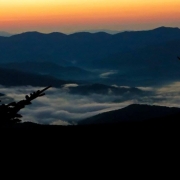How to Have a Killer Retirement: 3 Principles for “Writing Your Own Script” | Healthy Aging Series: Part 18
I was sitting at a McDonald’s a few years ago and overheard a conversation between two men. Both men were in their early 60’s. I recall that one of them had already retired and he was trying to convince the other man to retire. His argument was that when you retire, your time is your…




